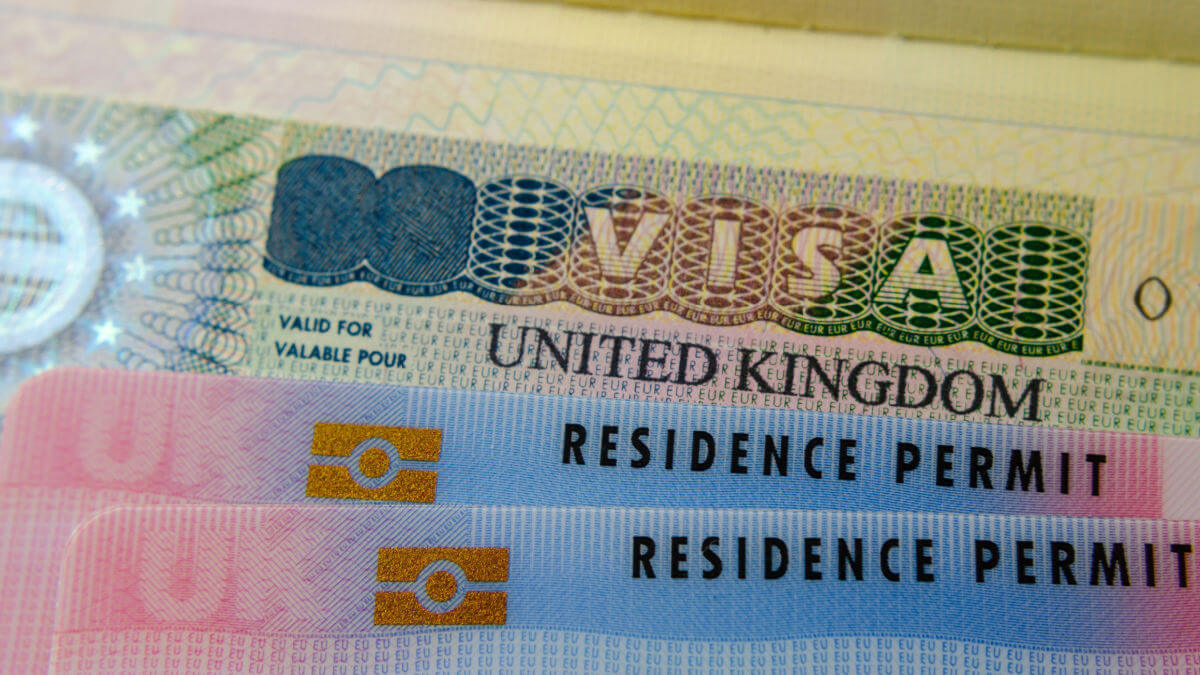How UK citizenship by investment works
Thinking of applying for a UK passport? Read our guide on the UK citizenship by investment, including the requirements, costs and benefits.

If you’re returning to the UK after living elsewhere, you’re probably looking forward to coming home. Whether it’s new friends, family or a job that’s bringing you back, you’re starting a new chapter.
Returning home after living abroad can be challenging. Policies change, current events have an impact and your age and location have unique implications. Follow the steps from this checklist to make your move easier.
When you return to the UK, you assume your right to become a UK resident again. As a resident, you’re subject to the same rules as someone who never left. You pay taxes on both your UK income and gains, and any foreign income and gains (unless your permanent home remains outside of the UK). You may need to register for a self-assessment, especially if you're an entrepreneur or will continue earning foreign income once you’ve come home.
If you’re returning to the UK within five years, income made from wages abroad won’t be taxed, just income made from investments and other assets. You should plan to file a tax return if your foreign income is above £300, or if you have any other income to report (salary, dividends, etc.). The UK tax year goes from early April 6 to April 5 of the following year. If you were abroad less than a full tax year, you'll still pay UK tax on foreign income for the duration of time you were away.
If you had a pension abroad, you should consider moving it back to the UK. UK pensions have favourable terms, and the government has created an accessible pension framework. Also, having a domestic pension can remove holdups for you when you need to access your money. It’ll also minimise the annual reporting that you’re responsible for.
In most cases as a Brit, your foreign pension will be in a Qualifying Recognised Overseas Pension Scheme (QROPS). If your foreign pension does not fall under QROPS, your options are more varied and likely, trickier.
You might be entitled to refunds if your pension has already been taxed abroad, since UK pensioners expect to pay less than 30% in taxes. It can be difficult to find UK financial advisers that understand international pension schemes, especially in highly regulated countries like the US. Many British advisers won’t be trained or authorised to work on international pensions. Your best bet is to contact HM Revenue and Customs (HMRC) to ask about your specific situation.
Under the QROPS scheme, the British government has created a framework for individuals who want to return home eventually. The process of transferral is as simple as contacting HM Revenue and Customs. You then have two options with a QROPS pension:
The contacts you can reach out to for further assistance are:
Arrange a temporary place to stay for when you move back to the UK. Especially in cities, the market is hot, and it’s easier to look for a permanent home from inside the country. You can find temporary housing on short notice by using Airbnb or Spareroom. You can also start browsing UK properties on Rightmove. Buying a house in the UK is a long and convoluted process that can sometimes take upwards of a year.
As such, sell your property abroad first. Listing your property, completing the paperwork and closing out the sale always takes longer than you think. That way, you’ll have a clean slate once you’re back.
When you’re relocating to the UK, make sure you understand and settle all outstanding payments in the country you were living. You don’t want to be surprised by collections calls or interest payments on a neglected foreign bill.
Where possible, have your health and dental records sent back to the UK. Once received, they can be entered into the NHS data system, which will create a more complete picture of your health profile. You may need an official translator to transcribe your files into English - the NHS won’t accept documentation in other languages.
If you’re returning to the UK with children, take timing into account. Before leaving, notify your local school and official school authorities that you’re returning home. Give them your forwarding address in case they need to reach you. Also make sure that you’ve closed out any administrative business. It can’t hurt to ask them for recommendations for reading and continuing education resources, to make sure the transition is as seamless as possible for your child.
It’s easiest to move during summer holidays, so that they can start the school year in their new school. A good first step is to contact the British authority that deals with school admissions in the area you’re moving to. Some areas may have difficulty placing children at specific schools, so arrange this in advance of the school term if possible. It’s best to know where your child will be before leaving for the UK.
For more information, you can contact:
Moving back to the UK usually means that you'll also have to send your money home. If you kept your British bank account open while you were gone, you can transfer money directly into it.
If you open a multi-currency account such as the Wise Borderless account, you can hold and manage money in several different currencies, paying bills in the currency that suits you. This is ideal if you’ll still have business abroad, you find the current exchange rate not so favourable or you simply want to maintain a financial link to the country you’re leaving.
You can always rely on bank transfers to move your money into the UK. However, be aware that banks often build in steep surcharges and marked up exchange rates. To set up transfers to the UK, you may also need a PINSentry or other card reader.
Another safe and cheap option is to use Wise to send money from an account abroad into a British bank account. With a simple user interface and top-rated security, you can take the hassle out of international money exchange.
Returning home can’t happen overnight. You’re going to face holdups and a major adjustment period. But there’s a lot you can do ahead of time to ease the pain. Before you know it, you’ll be planning your housewarming party.
This publication is provided for general information purposes only and is not intended to cover every aspect of the topics with which it deals. It is not intended to amount to advice on which you should rely. You must obtain professional or specialist advice before taking, or refraining from, any action on the basis of the content in this publication. The information in this publication does not constitute legal, tax or other professional advice from TransferWise Limited or its affiliates. Prior results do not guarantee a similar outcome. We make no representations, warranties or guarantees, whether express or implied, that the content in the publication is accurate, complete or up to date.
*Please see terms of use and product availability for your region or visit Wise fees and pricing for the most up to date pricing and fee information.
This publication is provided for general information purposes and does not constitute legal, tax or other professional advice from Wise Payments Limited or its subsidiaries and its affiliates, and it is not intended as a substitute for obtaining advice from a financial advisor or any other professional.
We make no representations, warranties or guarantees, whether expressed or implied, that the content in the publication is accurate, complete or up to date.

Thinking of applying for a UK passport? Read our guide on the UK citizenship by investment, including the requirements, costs and benefits.

Looking for private medical insurance? Read our guide on private health insurance for foreigners in the UK.

When dreaming about higher education, many students have the United Kingdom in mind due to its prestigious universities and world-class academic programs....

Getting into a university in the United Kingdom has long been an aspiration for international students due to their world-class, top-notch excellence. There’s...

Whether you’re commuting to work, planning a weekend getaway, or embarking on a grand adventure, Trainline offers a convenient and hassle-free way to book...

A guide to the residence permit in the UK, including what it is, who is eligible, how to apply and how much it costs.